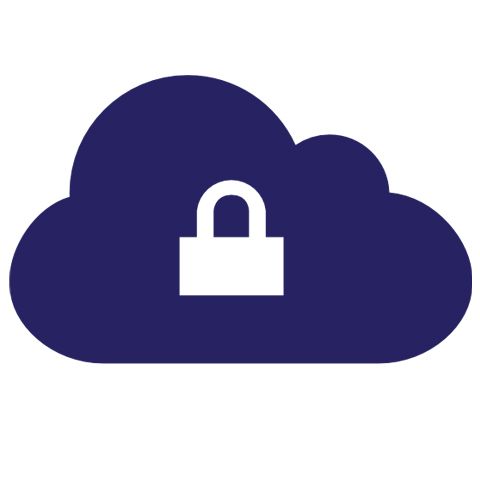VAPT Testing Report from Top Cyber Security Company
We are rated as one of the top cyber security companies, providing network, web and mobile security testing services. These services are typically called as VAPT testing, or Pentesting. We use a highly technical and methodical approach to form a checklist. We are one of the best network VAPT testing companies in India and aborad as recognized by our customers. Each customer has a different cybe security posture that we study and perform pentesting for them. Also each networks' security requirements are different. At a high level, we take into account the following items to perform a network vulnerability assessment followed by a detailed network penetration testing of IT infrastructure.
- Information gathering
- Network port scanning
- Perform fingerprinting
- Perform vulnerability scanning
- Identify hosts and footprint
- Perform OS detection
- Enumerate services
- Find insecure services
- Find insecure databases and components
- Exploit vulnerabilities

Network Security Testing Process:
Before Testing Starts
Sign NDA
Freeze on scope
Study Cloud App Architecture
Study Cloud User Roles
Decide attack vectors and prioritize
Allocate single point of contact
During Testing
Black box testing
Gray box testing
Automatic and Manual Testing
Testing Phases
Reconnaissance
Ethical Hacking
Scanning
Gaining Access
Maintaining Access
Covering Tracks
Gathering Logs
After Testing
Analyse logs
Confirm results
Apply Knowledge
Apply Experience
Repeat Test if required
Testing Outcome
Detailed technical report
Executive summary
High level fixation solutions
ISO27001:2013 Compliance
Network Pentesting Tools
Valency Networks uses highly technical industry standard tools to perform vulnerability scanning, vulnerability assessment and the network penetration testing. While the tools certainly add value in saving time and automating the process, primarily a manual testing approach is used.
A team of certified experts capture logs, analyze those and corroborate the vulnerabilities. This is done to mimic real life hackers, thus further increasing the accuracy of the results. Following a high level list of tools that we use in network pentesting.
- Kali Linux tools
- Nmap scanner
- Retina scanner
- Nessus scanner
- Nexpose scanner
- NSE scripts
- Telnet and other TCPIP tools
- Packet crafters and injectors
For a more elaborate list of network VAPT tools, feel free to refer to this page.





